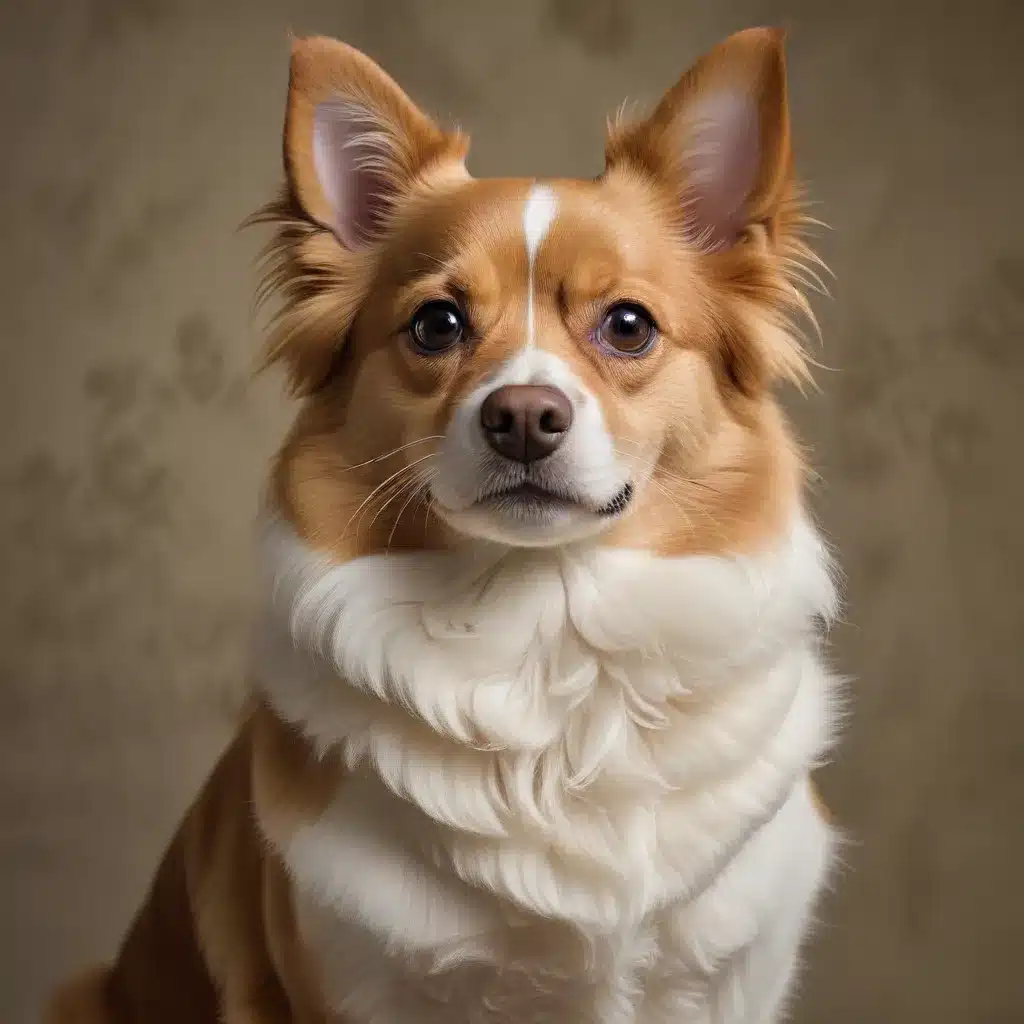
The world of art has long been a tapestry of diverse influences and evolving aesthetics. In the realm of pet portraiture, we’ve witnessed a fascinating convergence of classical artistic traditions and modern sensibilities. As artists seek to capture the essence and personality of our beloved animal companions, they’ve embarked on a journey of creative fusion, blending the timeless elegance of the past with the vibrant energy of the present.
Artistic Influences: Blending of Classical Art Forms
The Renaissance period, with its emphasis on realism, proportion, and emotional expression, has left an indelible mark on the world of art. Painters like Leonardo da Vinci and Michelangelo celebrated the beauty of the human form, integrating meticulous attention to detail with a deep understanding of light, shadow, and color. This classical aesthetic has found its way into the realm of pet portraiture, as artists strive to imbue their subjects with a sense of grandeur and timeless appeal.
Chiaroscuro, the interplay of light and dark, has become a hallmark of this neo-Renaissance approach, lending depth and drama to pet portraits. Likewise, the use of impasto, the thick application of paint, imbues the work with a tactile quality, allowing the viewer to almost feel the texture of the animal’s fur or feathers. The incorporation of hatching and cross-hatching techniques, inspired by the old masters, adds a sense of precision and depth to the final piece.
Techniques and Mediums: Blending Traditional and Digital
While the classical foundations remain strong, modern pet portraiture has also embraced the versatility of digital art. Artists have seamlessly integrated traditional painting methods with cutting-edge digital tools, creating a harmonious fusion of old and new. The use of digital painting and photo manipulation software allows for a level of control and experimentation that was once unimaginable, opening up new avenues for artistic expression.
Alongside the digital realm, the enduring appeal of traditional media, such as oil paints and acrylics, continues to captivate both artists and collectors. The rich, textured brushstrokes and vibrant pigments of these classic mediums lend an air of authenticity and emotional resonance to pet portraits, resonating with those seeking a more tangible connection to the art.
Thematic Explorations: Capturing Personality and Emotion
Beyond the technical mastery, modern pet portraiture has also delved into the realm of emotional expression and anthropomorphic representation. Artists seek to capture the unique personality and individual character of their subjects, imbuing the work with a sense of intimacy and connection. The use of tonal range and color theory allows them to convey the mood and temperament of the pet, whether it be the playful exuberance of a puppy or the regal poise of a feline.
In some instances, pet portraits have taken on an almost whimsical, allegorical quality, with animals depicted in human-like poses or settings. This approach not only showcases the artist’s creative vision but also invites the viewer to engage with the work on a deeper, more imaginative level.
Stylistic Convergence: Harmonizing Old and New
The marriage of classical techniques and modern aesthetics has given rise to a unique visual language in pet portraiture. Artists have skillfully blended the timeless elegance of the past with the dynamism of the present, creating works that resonate with both traditionalists and contemporary art enthusiasts.
Innovative compositional elements, such as asymmetrical layouts or dramatic chiaroscuro lighting, challenge the conventional pet portrait format, while still maintaining a sense of harmony and balance. The result is a visual feast that captivates the viewer, seamlessly bridging the gap between the revered artistic traditions of the past and the bold, forward-thinking approaches of today.
Trends and Innovations
Emerging Artists: Redefining Pet Portraiture
As the art world continues to evolve, a new generation of artists has emerged,